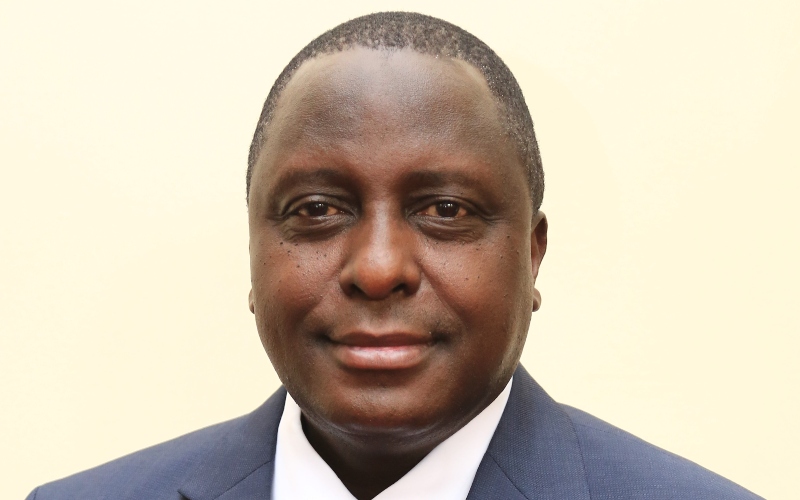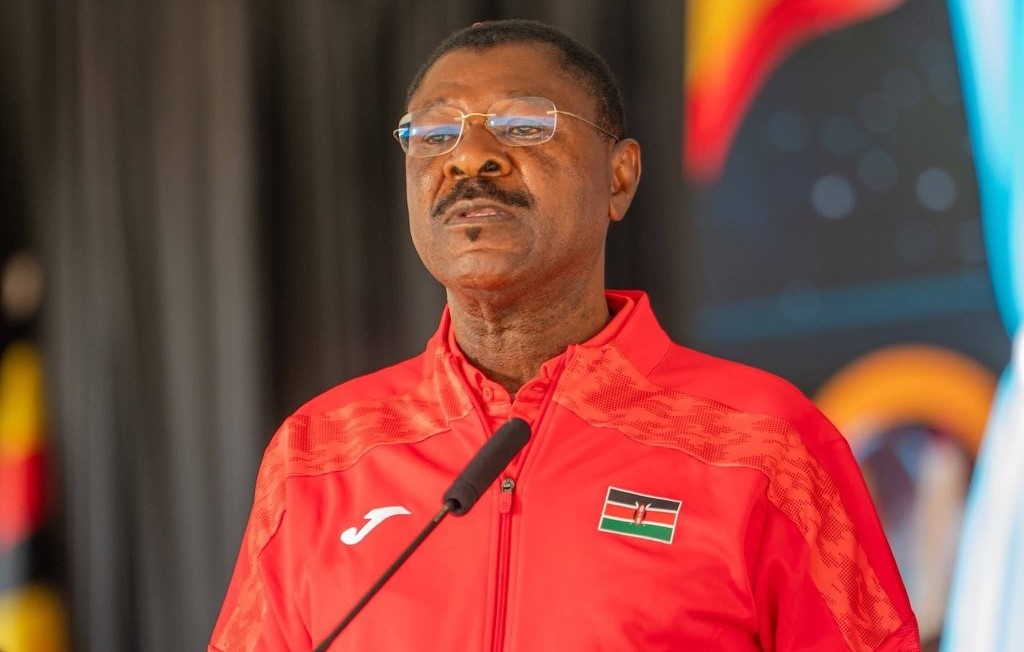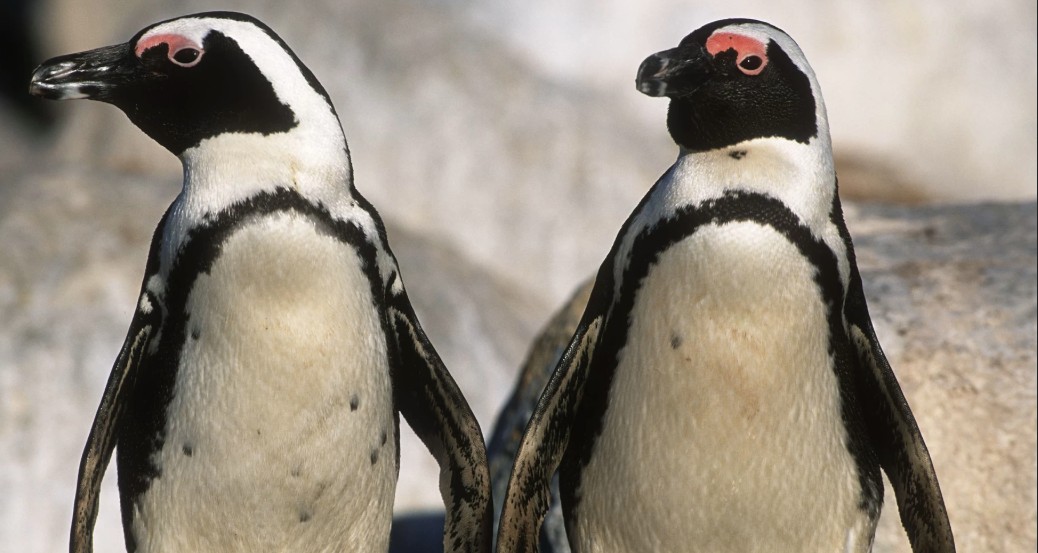Population council calls for policy overhaul as Kenya approaches 57.8 million people by 2030
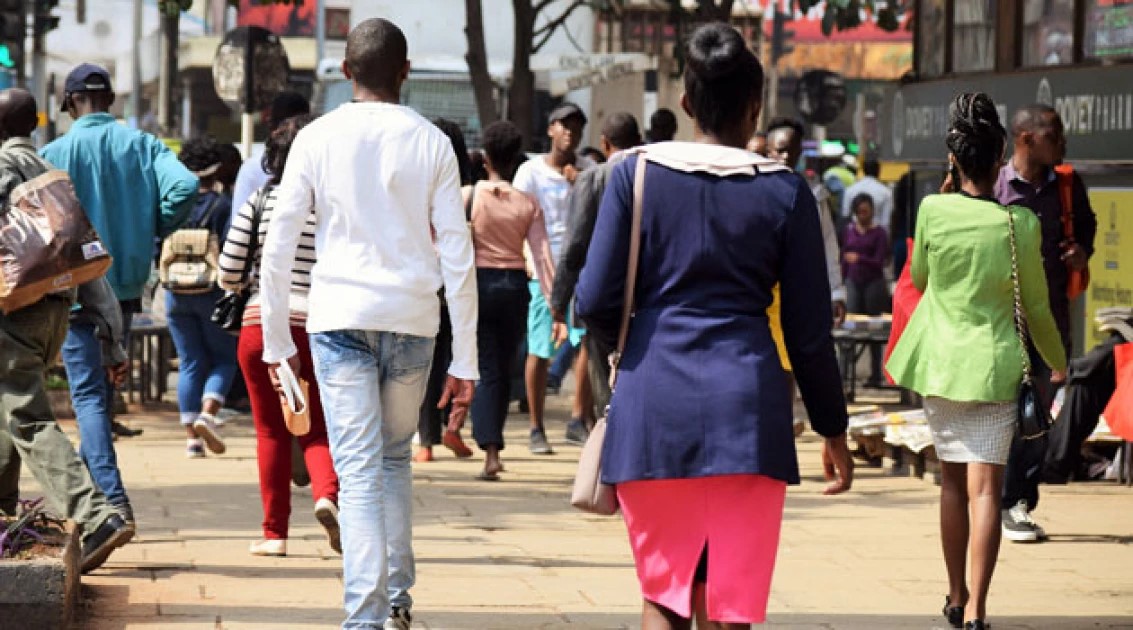
The report reveals that the proportion of children under 15 has been declining, while the numbers of youth, working-age adults, women of reproductive age, and the elderly have been increasing.
The National Council for Population and Development (NCPD) has called for enhanced health and education policies to address the anticipated social and economic challenges, with Kenya’s population projected to hit approximately 57.8 million by 2030.
According to the World Bank, Kenya’s population as of 2023 was 55,100,586.
More To Read
- Morocco's Gen Z protests: What you need to know
- Morocco: Gen Z protests turn violent, two killed
- Morocco: Police detain dozens in Gen Z protests
- Study finds Gen Zs face tougher job market than their predecessors
- Millennials edge out Gen Z in internet use – CA study
- Kenyans invited to submit views on proposed population and development council
In its 2023 session paper, the NCPD emphasised that changes in the population age structure have direct implications for population growth as well as the production and consumption of resources.
“The age structural changes can enable the country to gain from the demographic transition, commonly referred to as the demographic dividend, if the right economic and social policies, particularly in education and health, are put in place and implemented,” the council said.
The report reveals that the proportion of children under 15 has been declining, while the numbers of youth, working-age adults, women of reproductive age, and the elderly have been increasing.
Between 2009 and 2019, the proportion of children under 15 decreased in 43 counties, while the proportion of working-age individuals increased in 45 counties. The NCPD noted that children aged 0–14 constituted 39 per cent of the total population in 2019, indicating a youthful demographic.
Counties such as Mandera, West Pokot, Wajir, Samburu, and Narok have about half or more of their population under 15. In contrast, counties like Embu, Kiambu, Nairobi, Nyeri, and Kirinyaga have less than one-third of their populations in this age group.
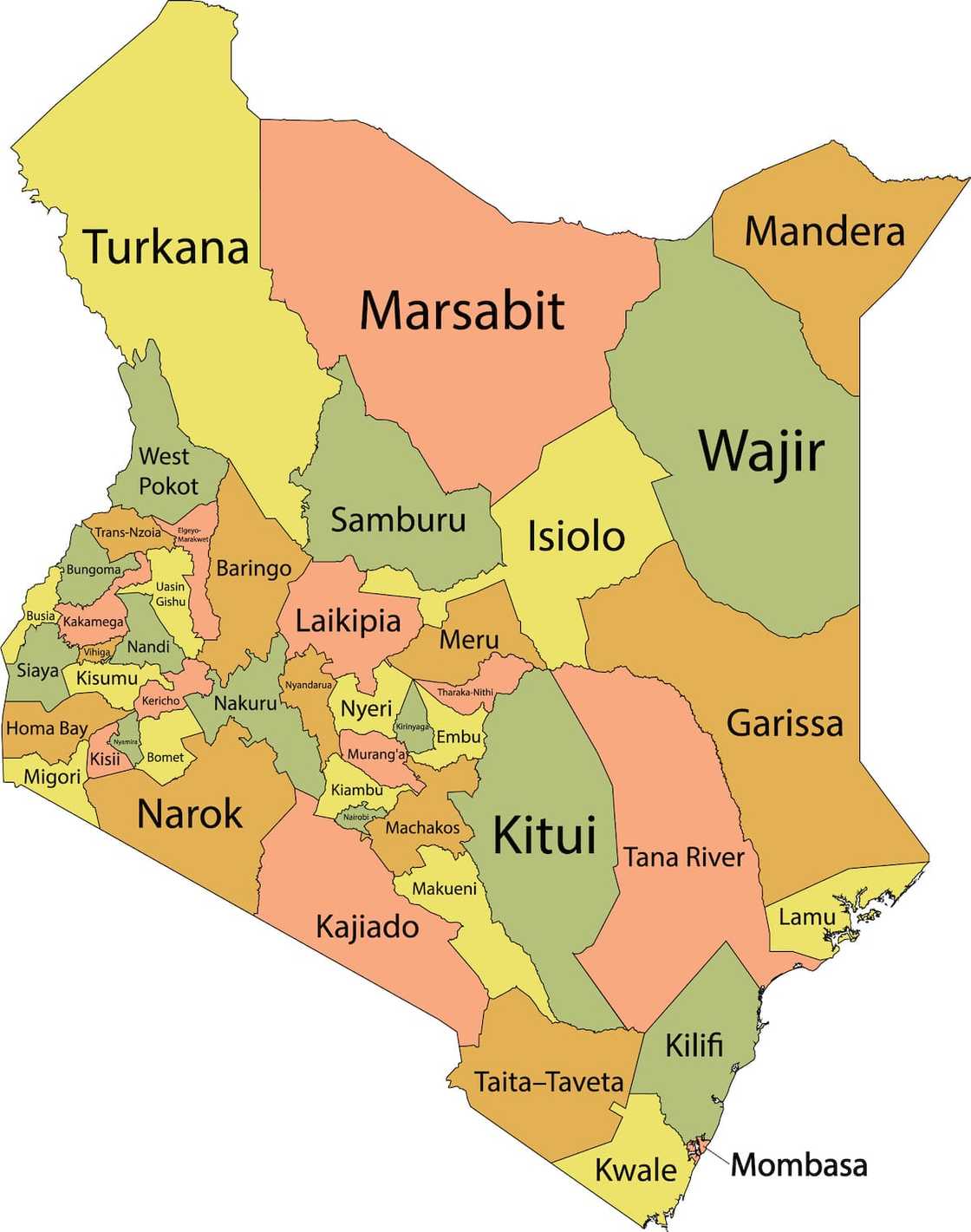 The 47 counties of Kenya. (Photo: Map)
The 47 counties of Kenya. (Photo: Map)The 47 counties of Kenya. (Photo: Map)
Notably, the elderly population, those aged 60 and above, is the fastest-growing segment, rising from 1,926,051 in 2009 to 2,740,555 in 2019—a 42 per cent increase over ten years.
“This rapid increase has implications for the country’s social protection measures since the official retirement age in Kenya is 60 years. The majority of the elderly are women, accounting for 55 per cent of this group,” the NCPD said.
The Council said among the challenges faced by the elderly are poor health, inadequate income security, and issues such as violence, abuse, neglect, and ageism.
“More than half of the elderly live in absolute poverty, making them the poorest age group in Kenya,” the Council said.
The report also highlights that the working-age population grew from 54 per cent in 2009 to 57 per cent in 2019, with men representing 53 per cent of this group.
The proportion of youth aged 18–34 increased slightly from 28.7 per cent to 29 per cent, and the proportion of women of reproductive age (15–49) rose from 48.3 per cent to 50.4 per cent of the female population.
NCPD reiterated that the growth shows the increasing demand for reproductive health services.
Additionally, the NCPD noted that about one million Kenyans, or 2.2 per cent of the population, live with disabilities. Women make up 57 per cent of this group, yet only 1.2 per cent are formally employed in the public sector, well below the 5 per cent target set by the Persons with Disabilities Act of 2003.
Top Stories Today




